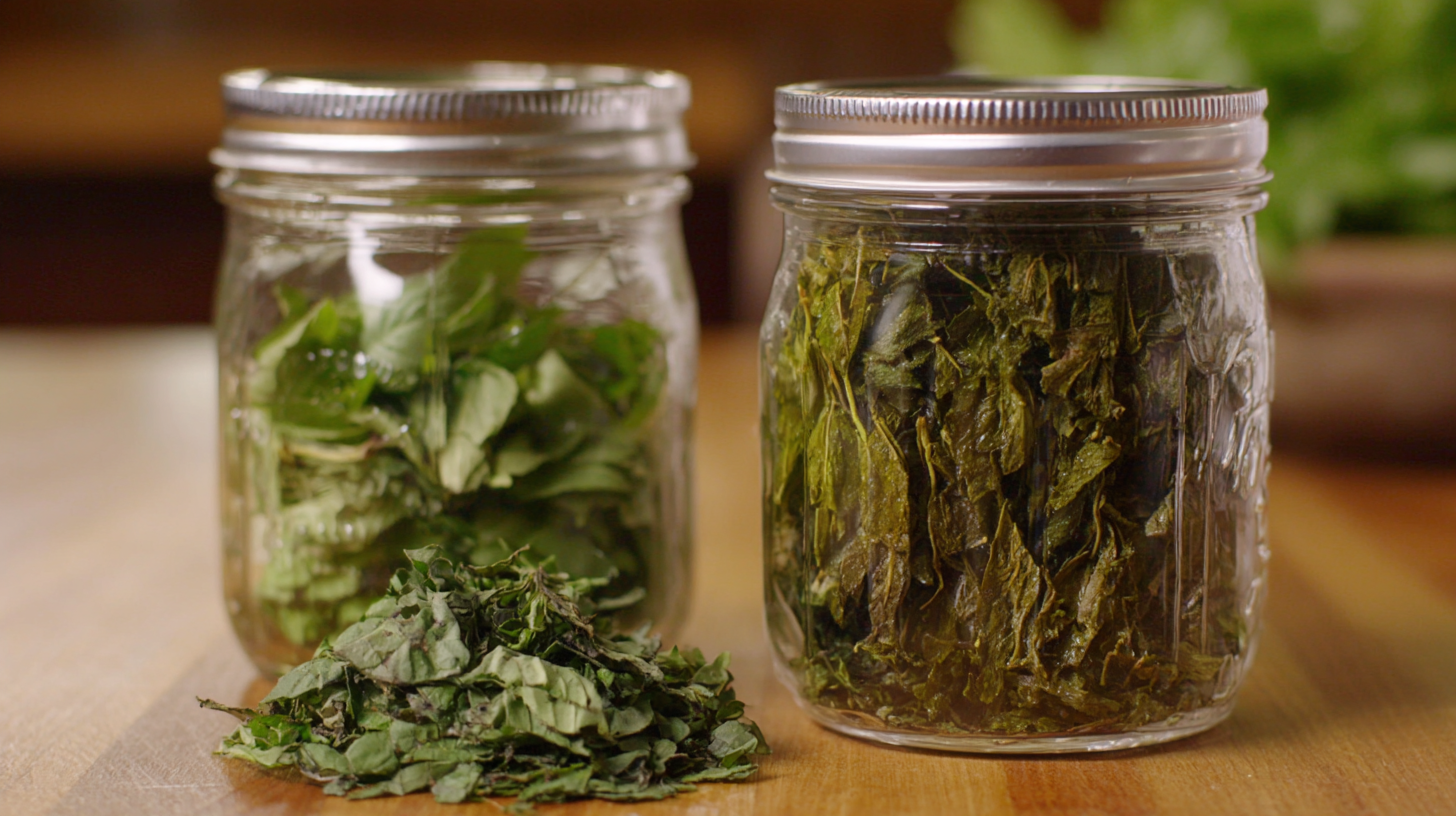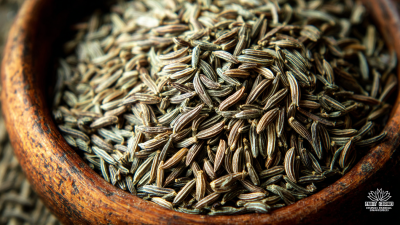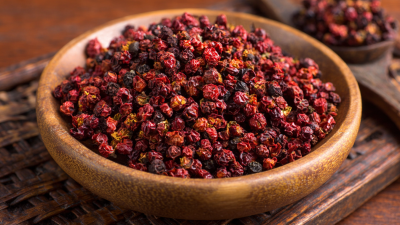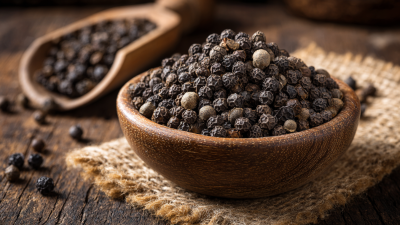Preserving fresh basil through drying is an art that maximizes the herb's flavor and aroma, allowing you to enjoy its rich taste throughout the year. The process of drying basil not only extends its shelf life but also concentrates its essential oils, leading to a more potent culinary experience. In culinary practices, dried basil can be a versatile ingredient, adding depth to sauces, soups, and a variety of dishes. Understanding the right methods for drying basil is crucial; whether using air-drying techniques, the oven, or a dehydrator, each method yields unique results that can enhance your dishes differently. This guide will explore effective drying techniques, tips for maintaining flavor, and how to store dried basil properly, ensuring that the vibrant essence of this beloved herb remains intact long after the growing season ends. Join us as we delve into the world of drying basil for maximum flavor.
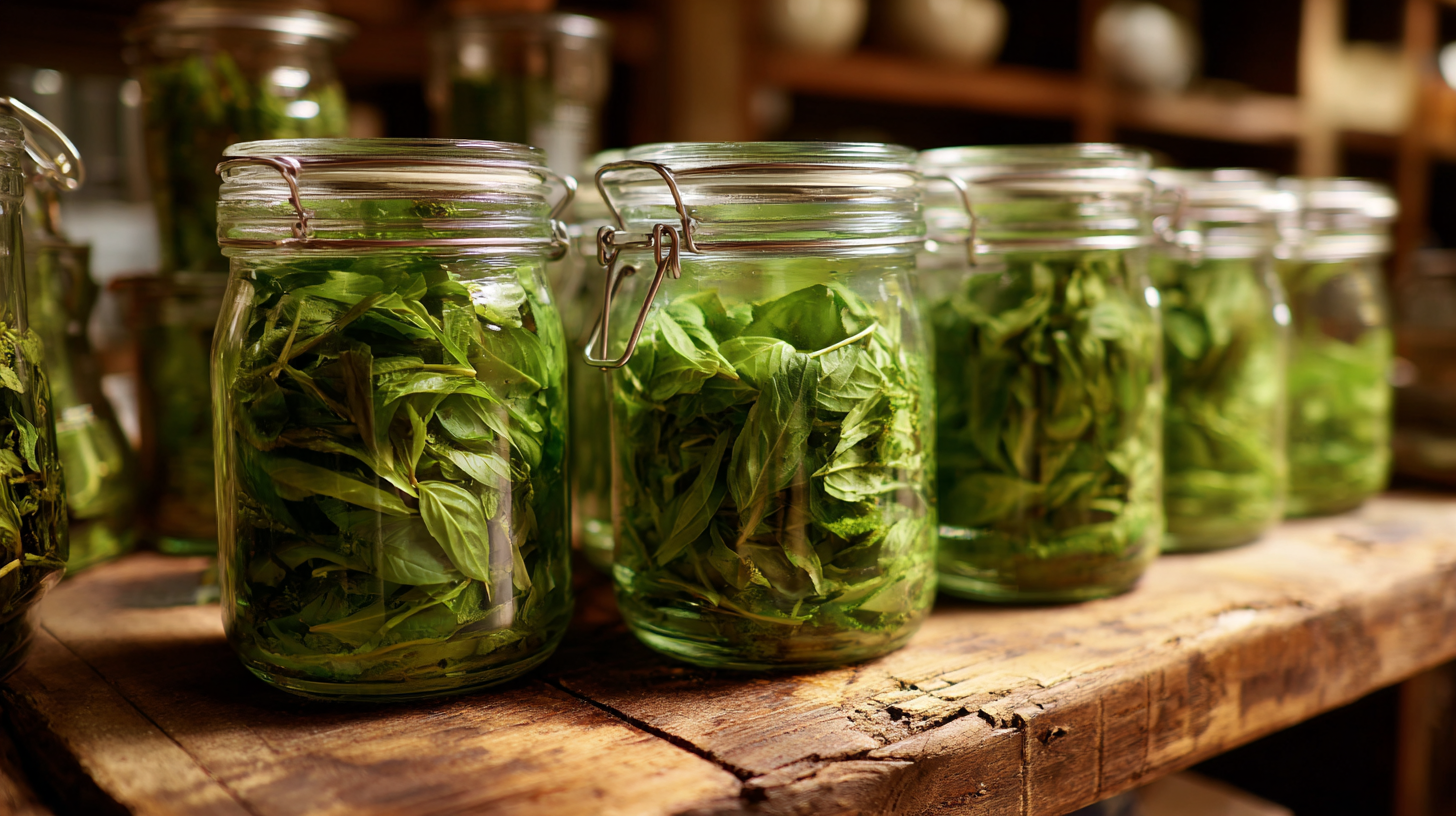
Drying fresh basil not only extends its shelf life
but also serves as an effective method for concentrating its flavors. As basil dries, the water content decreases, which
results in a more robust flavor profile due to the concentration
of its essential oils and other volatile compounds. This transformation makes dried basil a culinary asset, enhancing
dishes with its aromatic and savory notes, often more intense
than its fresh counterpart.
Recent studies have highlighted the significance of drying as a preservation strategy, particularly for culinary and
medicinal plants like basil. The various drying methods employed can significantly affect the chemical composition
and bioactive compounds, ultimately impacting the herb's antioxidant activity and overall quality. By choosing the
right drying technique, such as air drying or using a dehydrator, one can retain the maximum flavor and health
benefits of basil, ensuring that its rich taste and medicinal properties are preserved for future use in various
culinary applications.
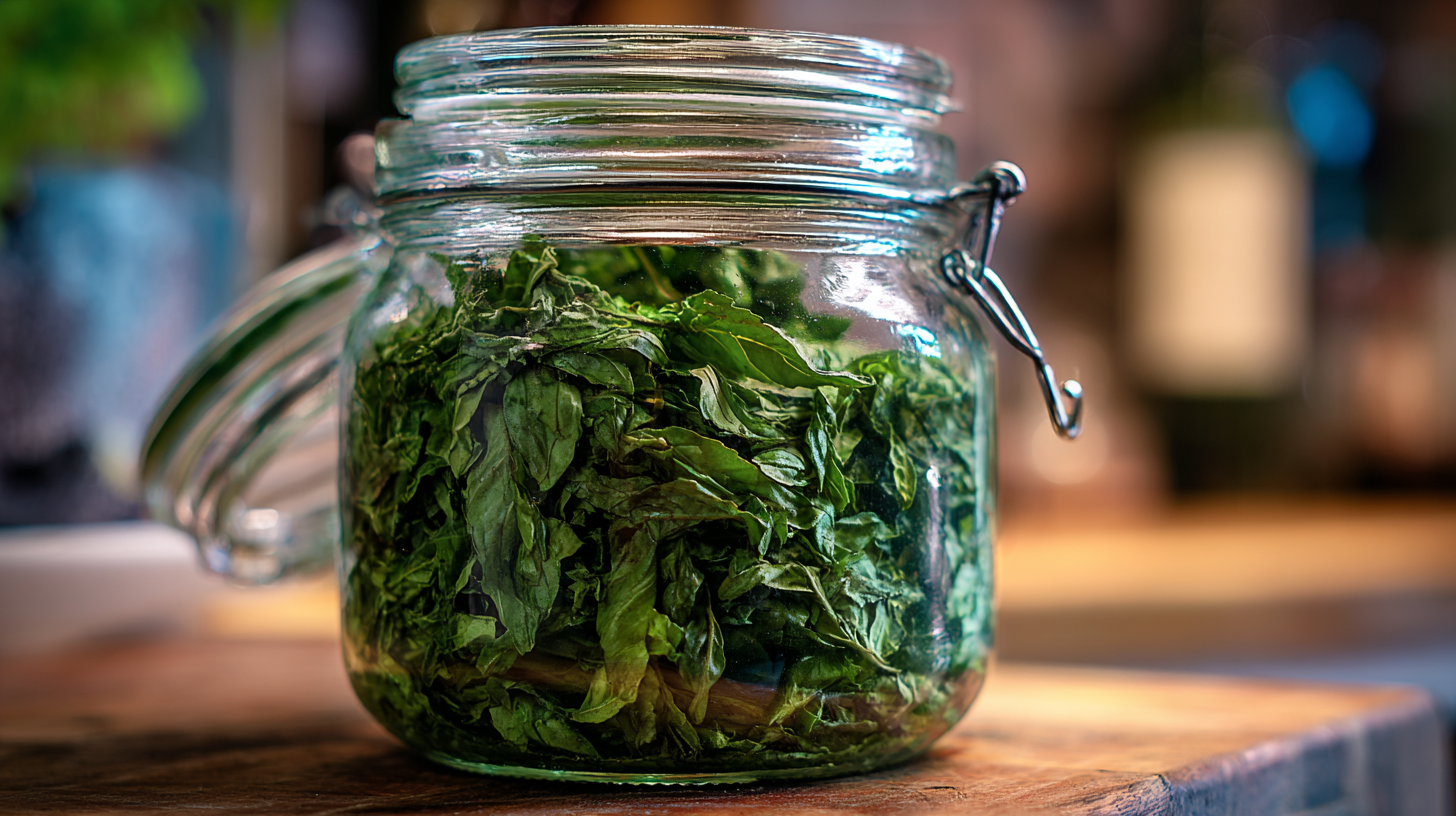
When it comes to preserving fresh basil for maximum flavor, timing your harvest is crucial. The best time to harvest basil is just before the plant begins to flower. During this stage, the leaves are at their peak in terms of flavor and aromatic oils. If you wait too long and the flowers start to bloom, the leaves can become bitter, diminishing the taste of your preserved basil. Aim to harvest in the morning after the dew has evaporated, as this is when the essential oils are concentrated and the leaves are most vibrant.
In addition to the timing of the harvest, selecting healthy and robust leaves is essential for optimal drying. Look for leaves that are large, green, and free from blemishes. Avoid smaller, damaged, or yellowing leaves, as they may not dry well and could introduce undesirable flavors. Once you've gathered your basil, rinse it gently and allow it to dry thoroughly before proceeding with the drying process. By paying attention to when and how you harvest your basil, you’ll ensure that you capture its full flavor for long-term enjoyment.
| Harvest Time | Ideal Drying Method | Flavor Strength | Storage Duration |
|---|---|---|---|
| Morning (8-10 AM) | Air Drying | Strong | 6-12 months |
| Midday (10 AM - 2 PM) | Dehydrator | Moderate | 4-6 months |
| Evening (after sunset) | Oven Drying | Mild | 3-5 months |
| Before Flowering (early summer) | Microwave Drying | Very Strong | 1-2 years |
When it comes to preserving fresh basil for maximum flavor, there are several effective drying methods to consider: air drying, oven drying, and using a dehydrator. Each method offers unique benefits and can yield flavorful results that enhance your culinary experiences.
Air drying is the simplest and most traditional technique. To air dry basil, gather healthy, dry stems and tie them together. Hang them upside down in a dark, well-ventilated area to prevent mold and preserve the vibrant color and aroma. This method can take anywhere from several days to a few weeks, depending on humidity levels, but it allows for a gentle drying process that retains more of the essential oils.
Oven drying is a faster alternative that suits those with less time. Preheat your oven to its lowest setting, typically around 180°F (82°C). Spread the basil leaves on a baking sheet in a single layer and place them in the oven for about 1-2 hours, checking frequently to prevent burning. This method is efficient, but it requires closer monitoring to maintain the quality of the herbs. Alternatively, a dehydrator offers a controlled environment for drying. Simply spread the basil on the dehydrator trays, set it to the appropriate temperature, and let it run until the leaves are crisp. This method is particularly effective for retaining flavor and can allow for consistent results every time.
To ensure that your dried basil retains its freshness and flavor, proper storage techniques are crucial. Once the basil has been dried completely, allow it to cool before transferring it to an airtight container. Glass jars work exceptionally well for this purpose, as they prevent moisture and air from degrading the quality of the basil. It's important to store the container in a cool, dark place, away from direct sunlight and heat sources, which can diminish the herb's aromatic properties.
Another key aspect of storage is to avoid crushing the dried basil until you are ready to use it. Keeping the leaves whole helps retain their essential oils and flavor for a longer time. If you prefer, consider vacuum sealing the dried basil for an even more extended shelf life. Labeling the container with the date of drying can help you keep track of freshness and ensure you use the oldest batches first. By following these storage techniques, you can enjoy the vibrant taste of basil long after its growing season has ended.
When using dried basil, it's essential to understand how to maximize its flavor and aroma in your cooking. Dried basil can be more potent than fresh basil, containing concentrated oil compounds like eugenol, which contribute to its aromatic profile. According to a study published in the Journal of Food Science, dried herbs can retain 80% of their original flavor for several months if stored correctly in a cool, dark place. This means that freshness at the time of drying directly impacts the flavor intensity in dishes.
To truly incorporate dried basil into your recipes, it’s advisable to add it early in the cooking process. This allows the herb to rehydrate and release its essential oils, enhancing the overall aroma and flavor of the dish. Research from the American Culinary Federation suggests pairing dried basil with ingredients like tomatoes and garlic, which complement its naturally sweet and slightly peppery notes. A popular method is to infuse dried basil in oils or vinegars, making it a versatile ingredient for dressings or marinades. By understanding how dried basil works, you can elevate your culinary creations with its full, robust potential.
